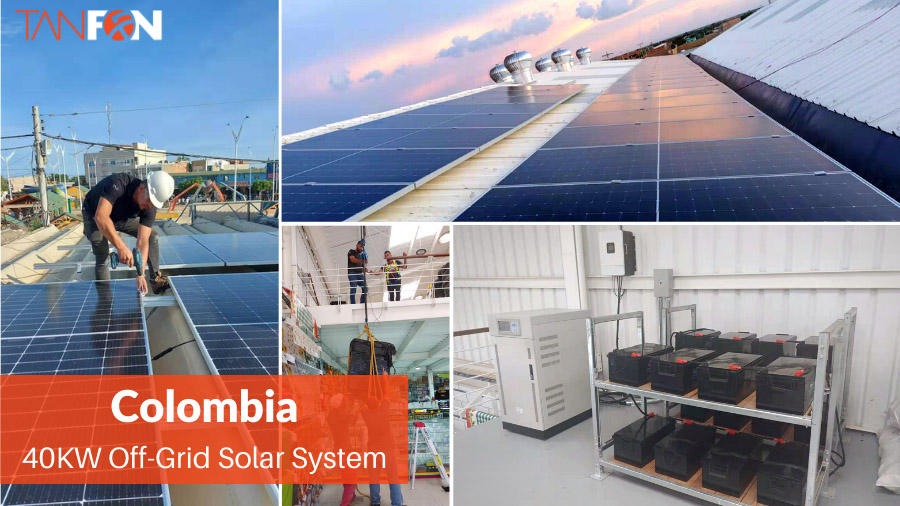Top 10 Solar Project Solution Factory In China
When it comes to solar power systems, solar panels are one of the most important components. The quality and efficiency of solar panels can directly impact the performance of the entire system and the electricity generated. It is important to understand the different types of solar panels and their efficiency levels when choosing solar panels.
The first type is monocrystalline solar panels. This type of panel uses one of the most mature solar cell technologies and performs well in terms of efficiency. The average efficiency of monocrystalline solar panels is about 15% to 20%, which means they can convert 15% to 20% of the light into electricity.

The second type is polycrystalline solar panels. The average efficiency of polycrystalline solar panels is about 13% to 16%. Compared with monocrystalline panels, polycrystalline solar panels are cheaper but slightly less efficient.
The third type is amorphous silicon solar panels. This type of panel is very flexible and can be used to make panels of various shapes and sizes. However, their average efficiency is about 6% to 8%, which is much lower than the other two types of panels.
When choosing solar panels, it is important to balance price and efficiency. Although monocrystalline solar panels are more expensive, they are more efficient, which means they can earn returns for you in a shorter period of time. Polycrystalline solar panels are cheaper but less efficient. Amorphous silicon solar panels are suitable for applications that require flexible shapes.
Overall, choosing high-efficiency solar panels is very important, which can ensure that the solar power system operates at optimal performance and saves you more energy costs.
The King of the Democratic Republic of the Congo has provided a solar energy storage power station system for the village of Bunkeya to meet the electricity needs of 2500 small households in the village. As the village currently lacks access to the grid, the King requested the design of a 1MW solar panel system paired with a 1.8MWh lithium battery storage system to power the entire village.
